Close to Hamburg in Germany is a little hideaway for art— Woods Art Institute (WAI) opened by art collector Rik Reinking in 2019. His collection is exhibited there across 16 rooms and a large hall, as well as a steadily growing sculpture garden. Besides exhibitions spaces, the Institute also provides multifunctional spaces for various art and cultural activities. Moreover, the architecture is adorned by a historical arboretum.
LARRY’S LIST had the pleasure to talk to Rik Reinking about this fascinating space. He explained his motivation of creating WAI, his hands-on approach to take charge of the curating of exhibitions and the programming, as well as his happiest moment of installing artworks while watching the buzzards in the park at WAI.
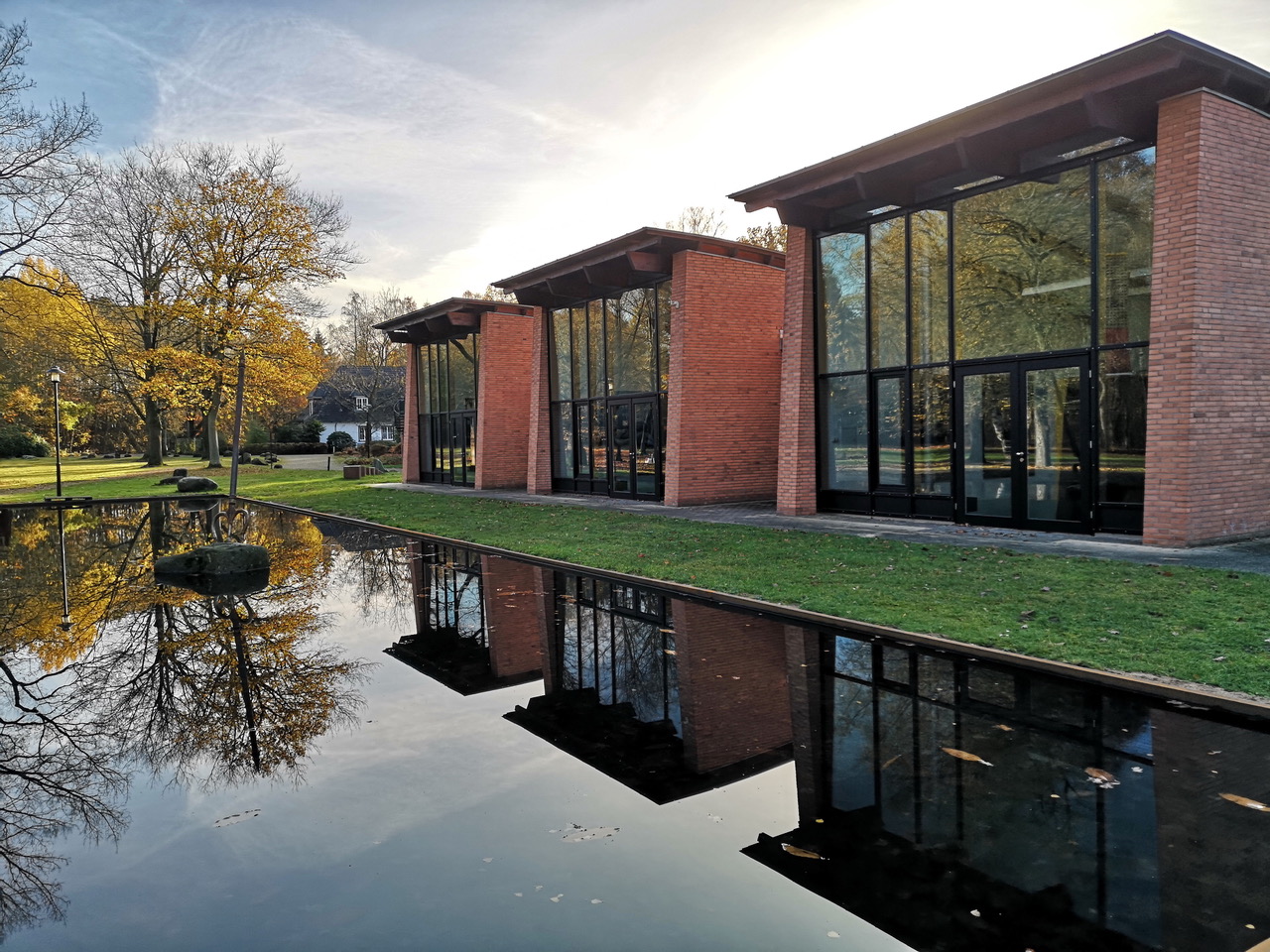
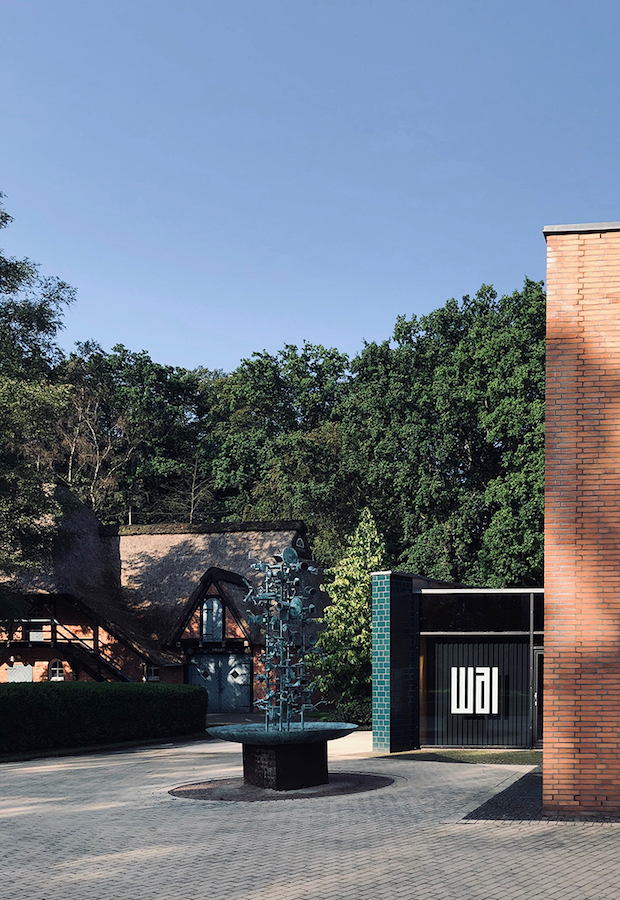
Background
What is your motivation behind establishing WAI? Why is it important for you to share your collection with a wider public?
I have always been lending works of my collection to museums and exhibitions, because they only reach their full potential when amongst other works, when there’s a conversation between the works— an energy. So, it was the next logical step for me to create a home and exhibition space for the collection on my own. Locked away in storage, a work of art remains invisible and, in the end, counts for nothing.
Why did you choose this location near Hamburg for opening the space there?
I had been looking for a place for the collection for quite some time, and I carried the idea to open a museum with me for several years when this property became available. It was simply the right place at the right time. We just couldn’t say no. With just a 25-minute ride from Hamburg Central Station, it’s easy to reach, but far enough out in the countryside to let the visitors feel surrounded by nature without the city’s hectic pace.
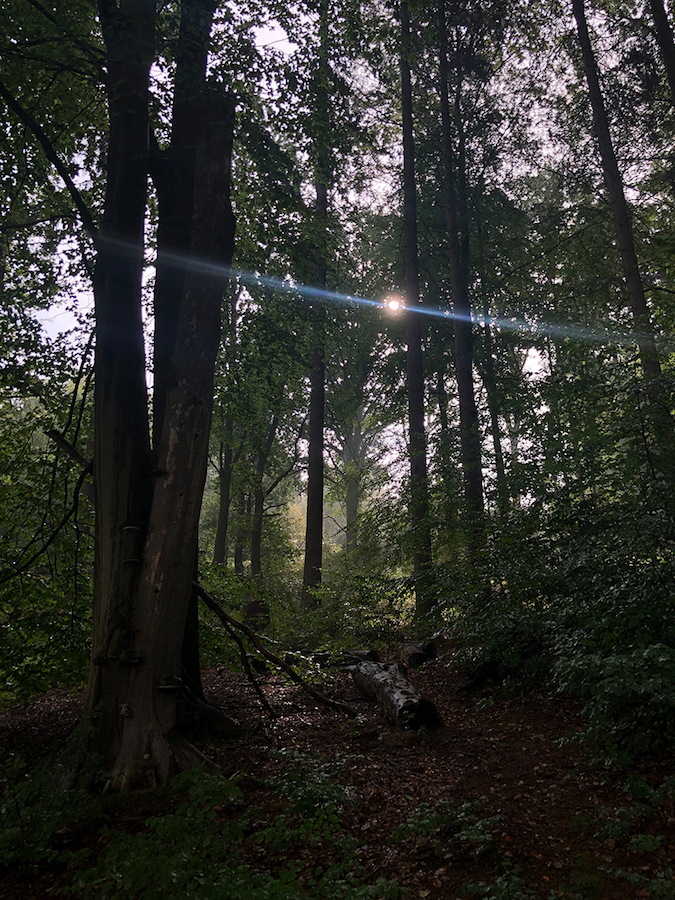
What is the mission of WAI?
Supporting the arts and the artists is the main goal: by offering a number of studio spaces, by showcasing the works from the collection, by interconnecting artists with like-minded people, but also by encouraging even the youngest to explore their creativity and the cultural aspects of art.
What are the ways to achieve this mission?
The WAI not only consists of an exhibition space, but houses several different buildings for every creative need and the needs of creatives. There are studios, an art school, a boardinghouse to accommodate visitors who hold meetings at WAI, and we have this incredible park that serves as pure inspiration. There is so much to explore and enjoy, WAI simply leaves no desire unanswered.
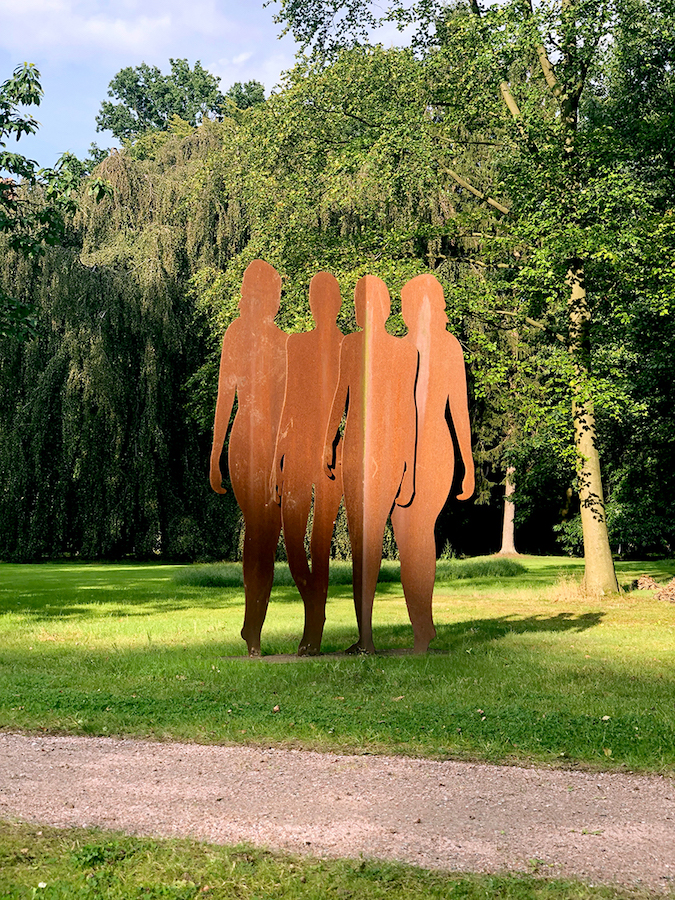
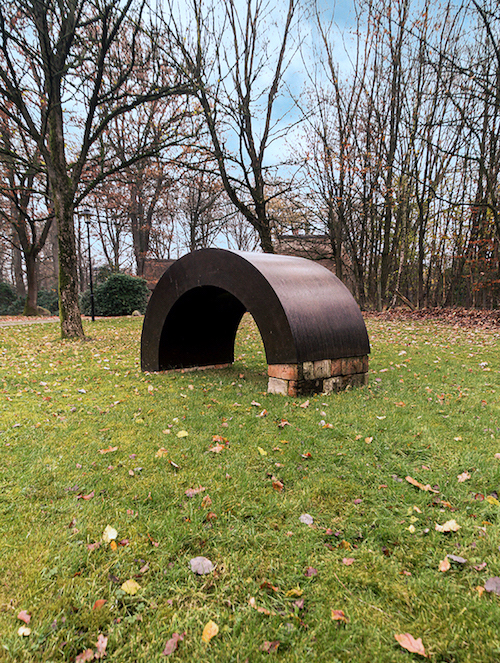
Collection
How many artworks do you own and how many of them are displayed in the museum?
I honestly have no idea of how many works I own, and quite frankly, I do not care. It’s not quantity, it’s quality that matters for me. Do they evoke emotions, does something happen when you look at them? Around 200-250 works are displayed right now, but the collection is an organic being that is still growing. It happens that I suddenly feel I should take 30 works down and put 50 different works up because it feels right to me; because the works need a new “neighbour” after some time to spark a new conversation.
What are the criteria to decide what from your collection to show in the museum?
Whatever feels right. Sometimes an exhibition is the answer to a political question within society; sometimes it’s a celebration of an artist and his/her achievements; and sometimes it’s just to show visitors what the art world has to offer, far away from the artists that most people know.
How often do you rotate the works from your collection shown at Woods Art Institute?
We are planning to show two exhibitions per year.
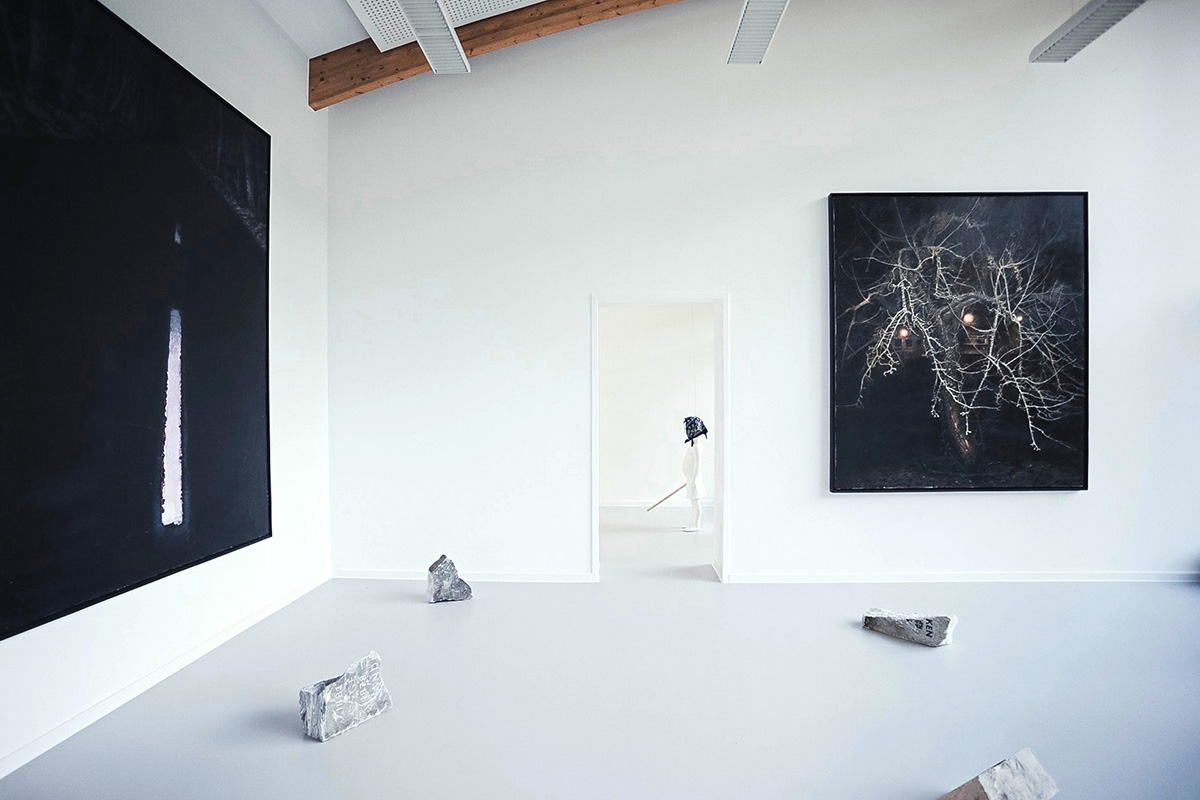
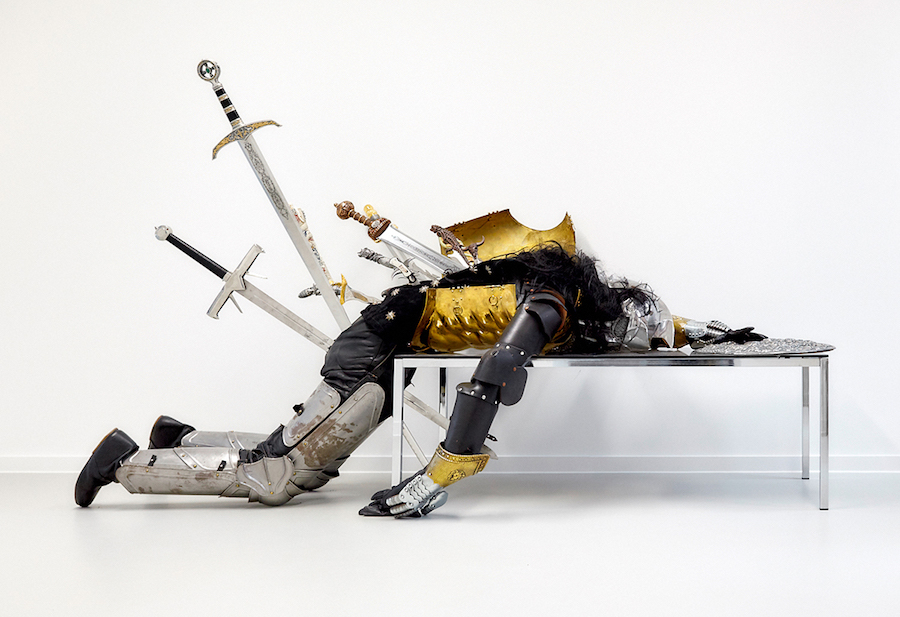
How many works are installed in the sculpture garden so far? How many new works do you acquire or commission every year?
Right now there are about 25 sculptures outside in the garden. How many will be added or what will be added is written in the stars. The sculpture garden will be a living organism, just like the forest.
Do your private collection and the collection at WAI have different focuses, regarding the artists or genre of art?
My private collection is the collection of the museum. The WAI is the home and the base of the collection. Why should there be a difference between me and myself?
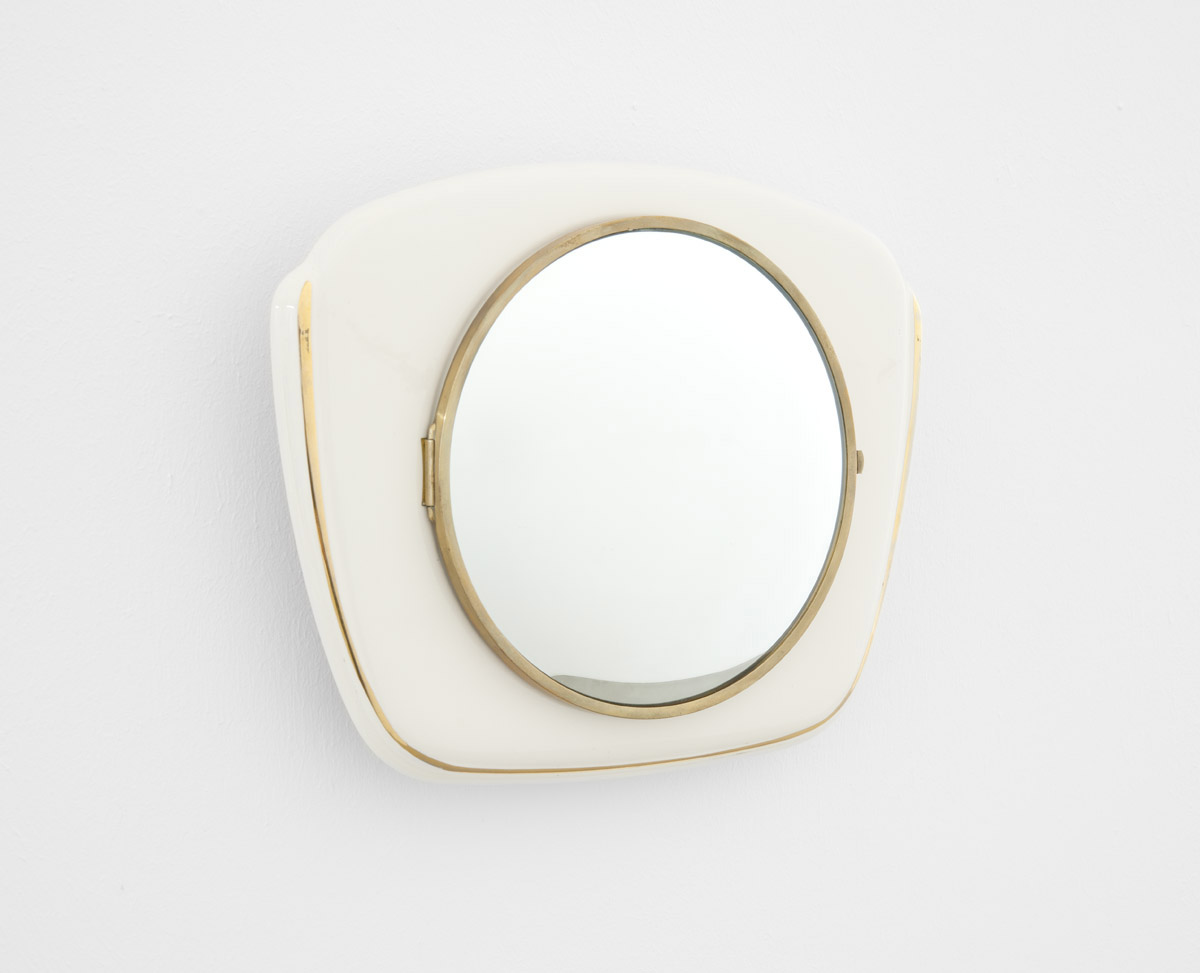
How much do you involve in the programming as well as the curating of exhibitions in the museum?
The curating of exhibitions and also the programming is all done by myself so far. Of course, I’m backed by an incredible team who takes care of all the other things an exhibition space needs to run smoothly, but anything regarding the collection itself is still in my hands.
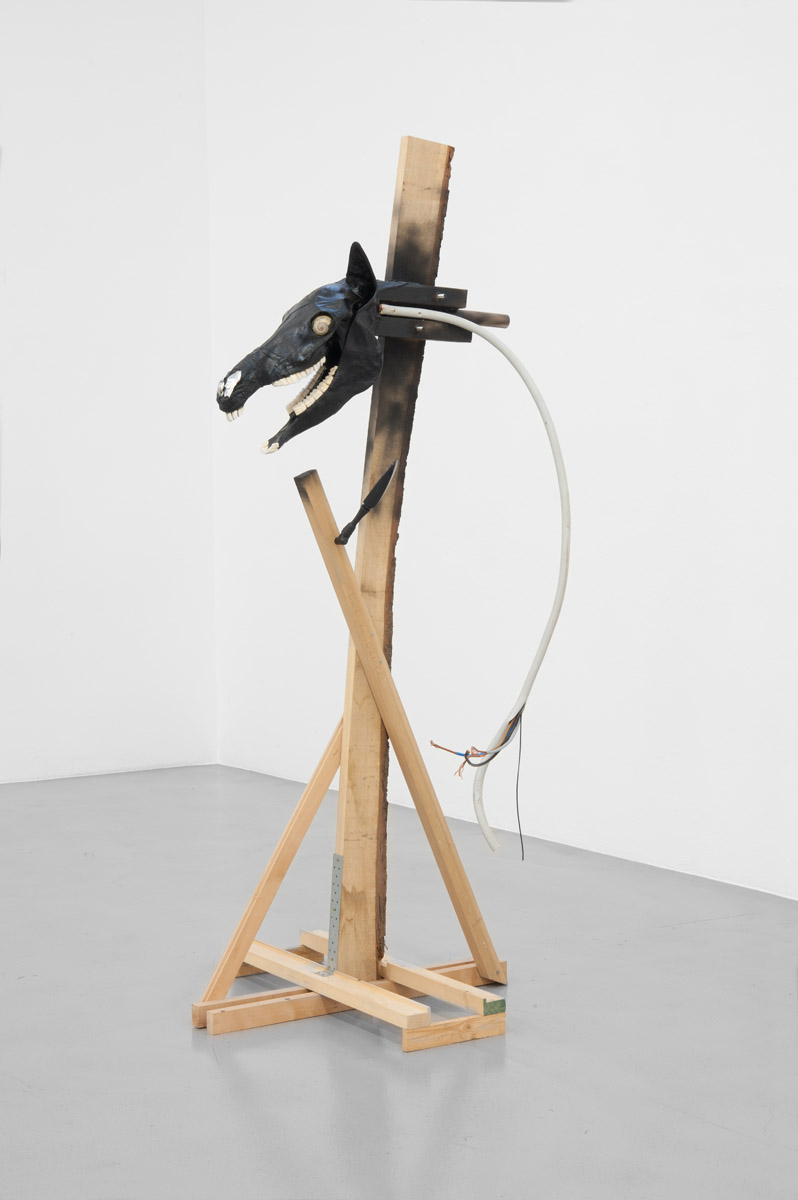
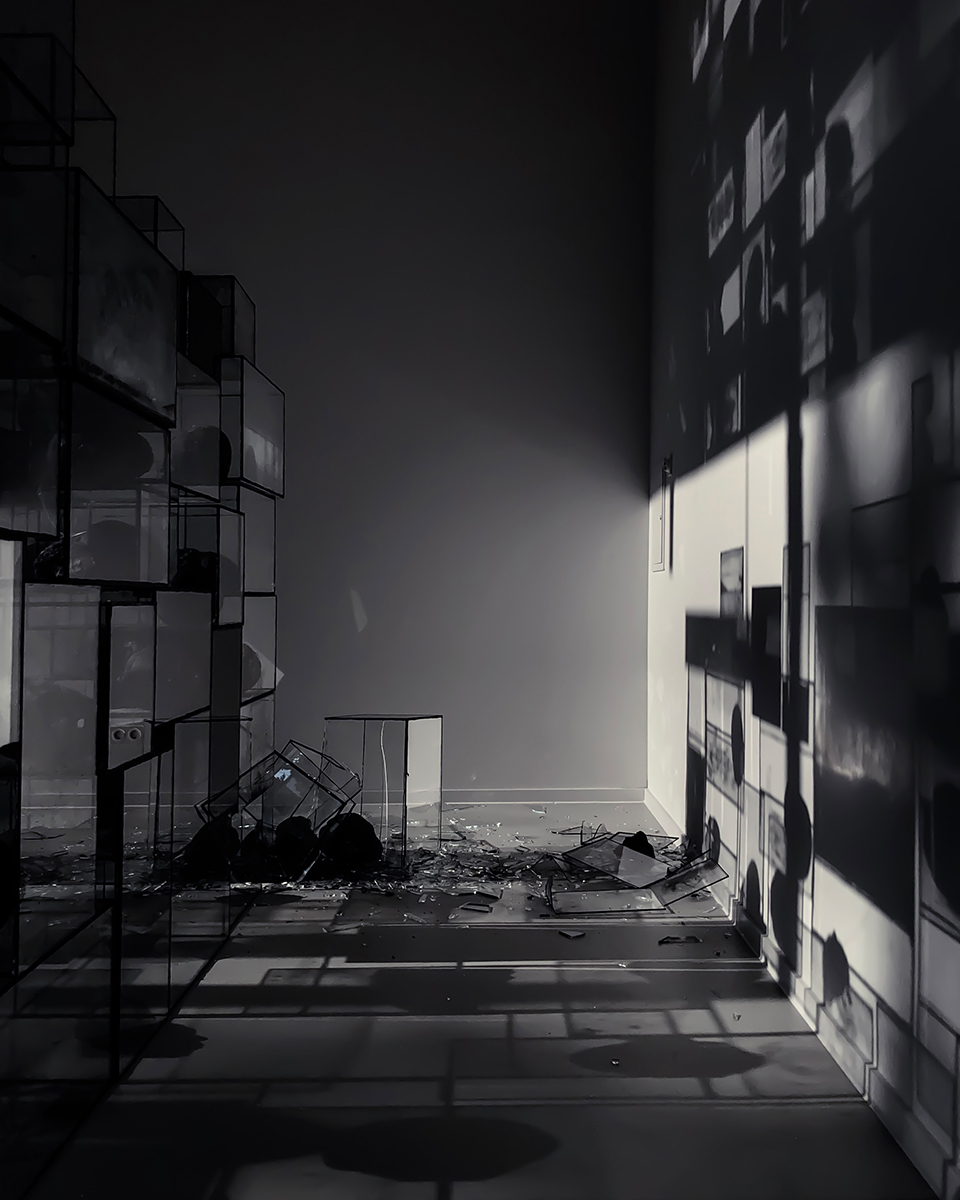
Honestly, how far does owning a space help you to get the best artworks or to get the works you want more easily?
I often read about this fairytale, but to be honest, never had a problem to get the artworks I wanted. If I don’t get the work I want instantly, well, maybe it’s not the right time then. Sometimes works have to travel a bit to find their final home.
How is your experience so far of operating your own private museum?
A private collection can simply be more dynamic. There aren’t countless people involved who make it incredibly time-consuming and tiring to come up with a decision, it’s straight forward to the point.
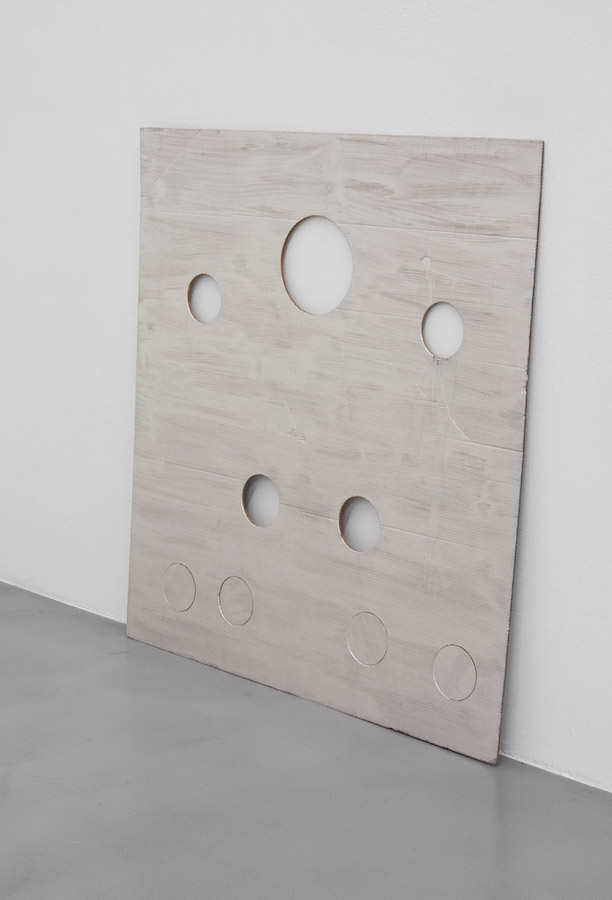
What was your happiest moment since WAI has been set up?
When installing the room with works by Ed and Nancy Kienholz while watching the buzzards outside in the park learning to fly and hunt.
What are your visions for the museum in the next five and ten years respectively?
Just to grow slowly but steadily. And to make the WAI a place people really like to visit in order to leave the stressful city behind— almost like a little detox. “What should we do today?” “Oh, let’s go to WAI. It always feels like a little vacation.”
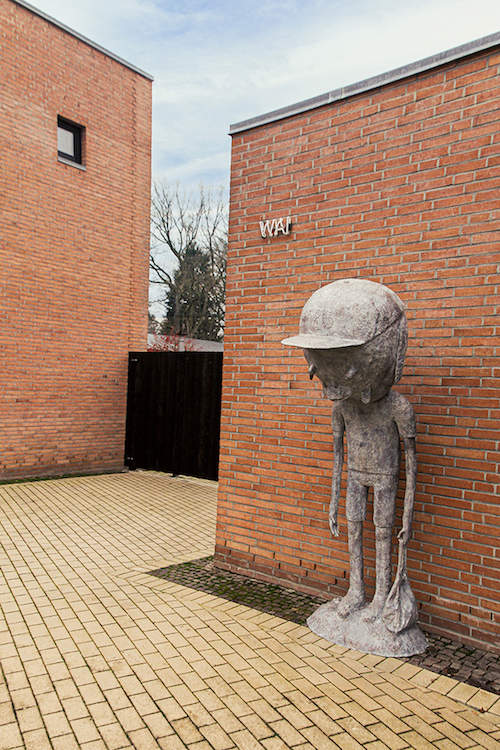
Related: Woods Art Institute
Instagram: @woodsartinstitute





